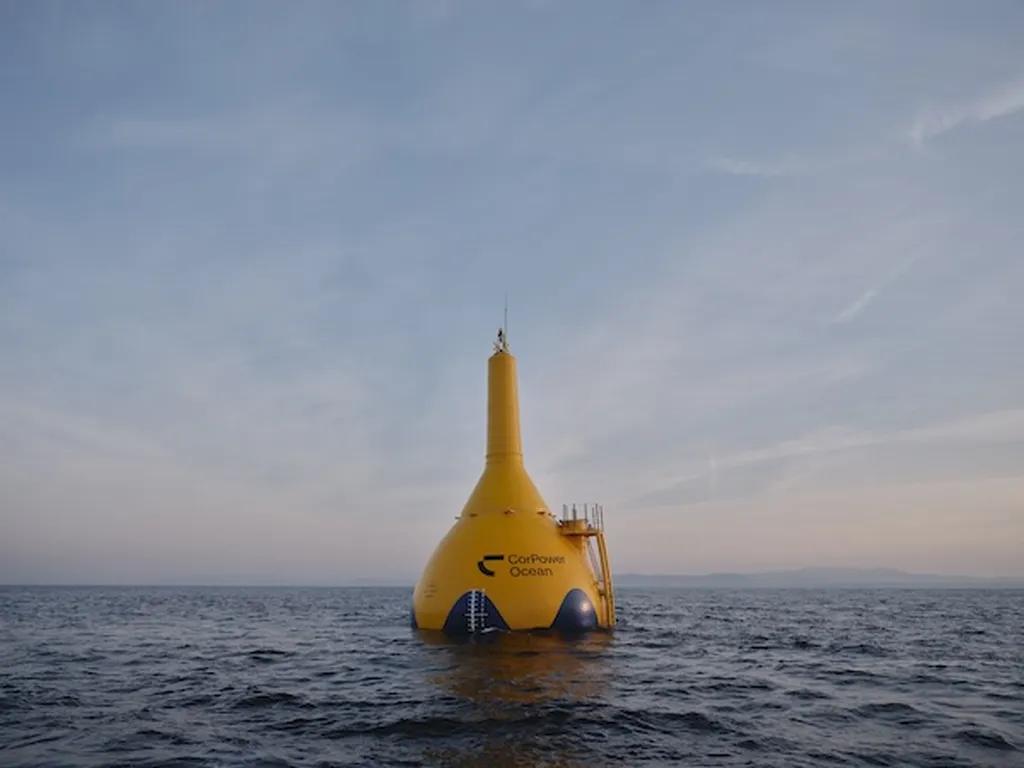Marine current energy is emerging as a promising renewable resource, akin to wind power, and recent research has unveiled significant advancements in maximizing its efficiency. A study led by Christoffer Fjellstedt from the Division of Electricity at Uppsala University investigates various maximum power point tracking (MPPT) methods tailored for marine current energy converters. This research, published in ‘IET Power Electronics’, sheds light on optimizing power extraction from free-flowing water, a crucial step in harnessing this energy source effectively.
Fjellstedt’s study explores three primary methods: the optimal tip speed ratio (OTSR), optimal torque (OT), and two variations of the perturb and observe (P&O) method. The findings highlight the OTSR method as particularly effective, achieving maximum power point tracking with impressive speed. “After a change in water speed, the OTSR method can reach optimal operation within just two turbine rotations,” Fjellstedt noted, emphasizing the method’s efficiency and responsiveness.
In contrast, while the P&O methods also successfully achieve MPPT, they do so at a significantly slower rate. However, these methods offer the advantage of requiring no system model or water speed measurements, making them more accessible for implementation in varying conditions. The OT method, on the other hand, was found to underperform but still positions the system near the optimal operational point, indicating potential for further refinement.
The implications of this research are substantial for the energy sector. As marine current energy gains traction as a viable renewable energy source, the ability to optimize power extraction efficiently will be crucial for commercial viability. The study’s insights not only advance the understanding of marine current energy systems but also pave the way for future developments in renewable energy technologies. With the global shift towards sustainable energy solutions, this research could catalyze further investment and innovation in marine energy systems.
Fjellstedt’s work represents a significant step forward in the quest for efficient renewable energy solutions, and as the industry continues to evolve, the methods explored in this study may play a pivotal role in shaping the future of marine energy. For those interested in the technical details, the full study can be found in ‘IET Power Electronics’ (translated as ‘IET Power Electronics’). For more information about Christoffer Fjellstedt’s affiliation, visit Uppsala University.




